 When you visit Chittorgarh Fort, among other historical stories, two stories of two women, you will come to know. Local guide will take you to this Meera Mandir (Temple) and tell you about her story. Then another story about Rani Padmini and her beauty which lead her to commit Jauhar (self immolation). Rani Padmini’s beauty has been compared to that of Cleopatra and her life story is an eternal legend in the history of Chittor. First we will go through the story of MEERA BAI.
When you visit Chittorgarh Fort, among other historical stories, two stories of two women, you will come to know. Local guide will take you to this Meera Mandir (Temple) and tell you about her story. Then another story about Rani Padmini and her beauty which lead her to commit Jauhar (self immolation). Rani Padmini’s beauty has been compared to that of Cleopatra and her life story is an eternal legend in the history of Chittor. First we will go through the story of MEERA BAI.
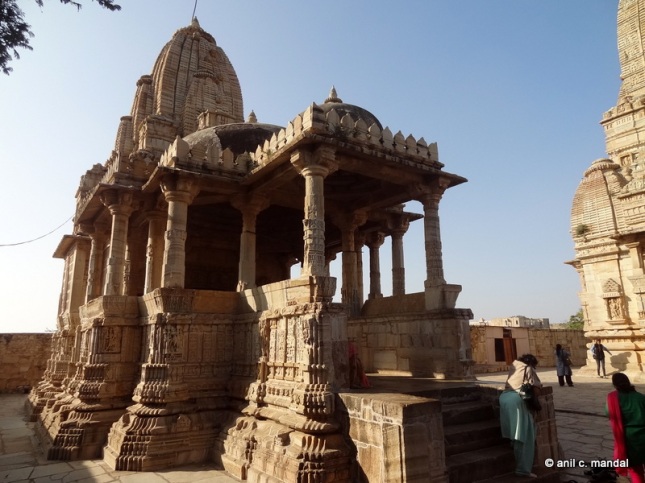
Meera Temple, where saint Meerabai prayed to Krishna, Chittorgarh Fort, Rajasthan.
MEERA, also known as Meera Bai, was born in a royal family of Kurki district of Pali, Rajasthan, India. She was widely known and a cherished figure in the Indian bhakti movement culture by about 1600 CE. Most legends about Meera mention her fearless disregard for social and family conventions, her devotion to God Krishna, her treating Krishna as her lover and husband, and she being persecuted by her in-laws for her religious devotion.

Meera Mandir at Chittorgarh Fort (side view)
Authentic records about Meera are not available, and scholars have attempted to establish Meera’s biography from secondary literature that mention her, and wherein dates and other details are available. These records suggest Meera was a Rajput princess born in about 1500 (likely 1498) in Merta, Rajasthan, India. Her father, Ratan Singh Rathore was the ruler of a small Rajput kingdom kurki in the district of pali, Rajasathan.
 Her mother died when she was a baby, and she was the only child of her parents. She was educated in music, religion, politics and government. She grew up with her grandparents, who were devout worshippers of deity Vishnu.
Her mother died when she was a baby, and she was the only child of her parents. She was educated in music, religion, politics and government. She grew up with her grandparents, who were devout worshippers of deity Vishnu.
Meera willingly married Bhoj Raj, the crown prince of Mewar, in 1516. Her husband was wounded in one of the ongoing wars with Delhi Sultanate in 1518 and he died of battle wounds in 1521. After her husband’s death, her father and her father-in-law both were killed within few years during a war with the Islamic army of Babur – the founder of Mughal Empire in Indian subcontinent.
After the death of her father-in-law, Vikram Singh became the ruler of Mewar. According to a popular legend, her in-laws tried many times to execute her, such as offering a glass of poison and telling her it was nectar or sending her a basket with a snake. According to the hagiographic legends, she was not harmed in either case, with the snake miraculously becoming a Lord Krishna idol (or a garland of flowers by some version), In another version of these legends, she was asked by Vikram Singh, the then ruler of Mewar, to drown herself, which she tried but she was unsuccessful as she found herself floating on the water. Yet another legend states that the Mughal emperor Akbar came with Tansen to visit Meera and presented a pearl necklace, but scholars doubt this ever happened because Tansen joined Akbar’s court in 1562, 15 years after MEERA died.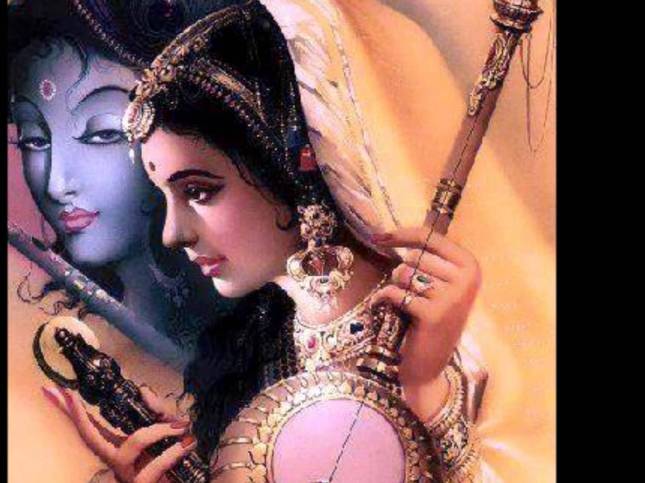
Other stories state that Mira Bai left the kingdom of Mewar and went on pilgrimages. In her last years, Meera lived in Dwarka, Vrindavan, where legends state she miraculously disappeared by merging into an idol of Krishna in 1547.While miracles are contested by scholars for the lack of historical evidence, it is widely acknowledged that Meera dedicated her life to Hindu deity Krishna, composing songs of devotion and was one of the most important poet-sant of the Bhakti movement period.
This was the story of Meera Bai, the Rajput princess. The story of Padmini, the most beautiful queen of Chittorgarh will follow. Till then, bye.
WISH YOU ALL, MERRY CHRISTMAS AND A HAPPY NEW YEAR-2016.

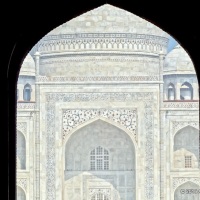

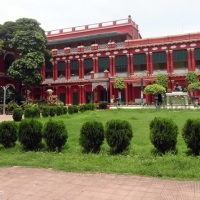
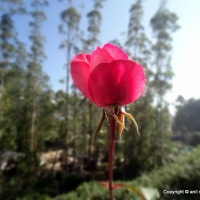
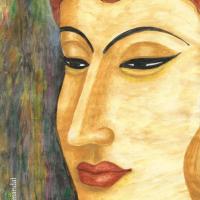


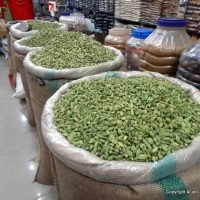






Sandhya
22/12/2015 at 7:43 PM
Stunning photographs and very interesting historical information, Anil. Thanks for sharing.
Anil
22/12/2015 at 8:20 PM
Thanks Sandhya for your interest on the post! In facts many things we do not know about her which made me to post this story. Thanks for liking it.
KT
07/03/2017 at 4:07 PM
Interesting take and information from pages of history. Pictures complement the article perfectly. Here is our experience from the city – http://www.expressions-kt.in/2015/07/delving-into-history-fort-city_29.html
Abhishek Reddy
06/10/2022 at 9:27 PM
Nicely presented.
Thank you for the content.